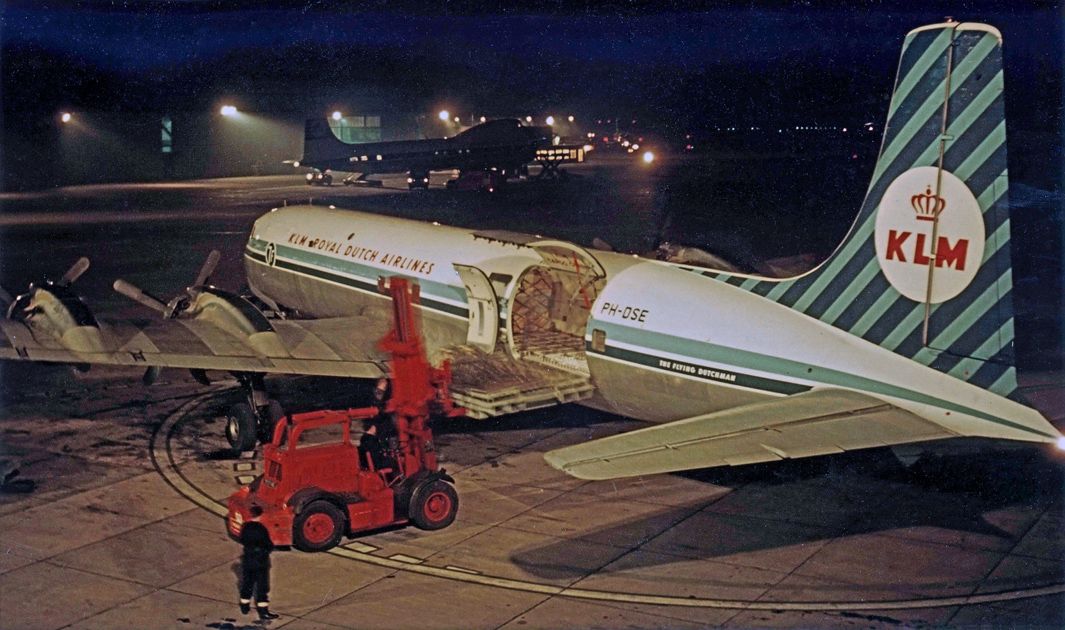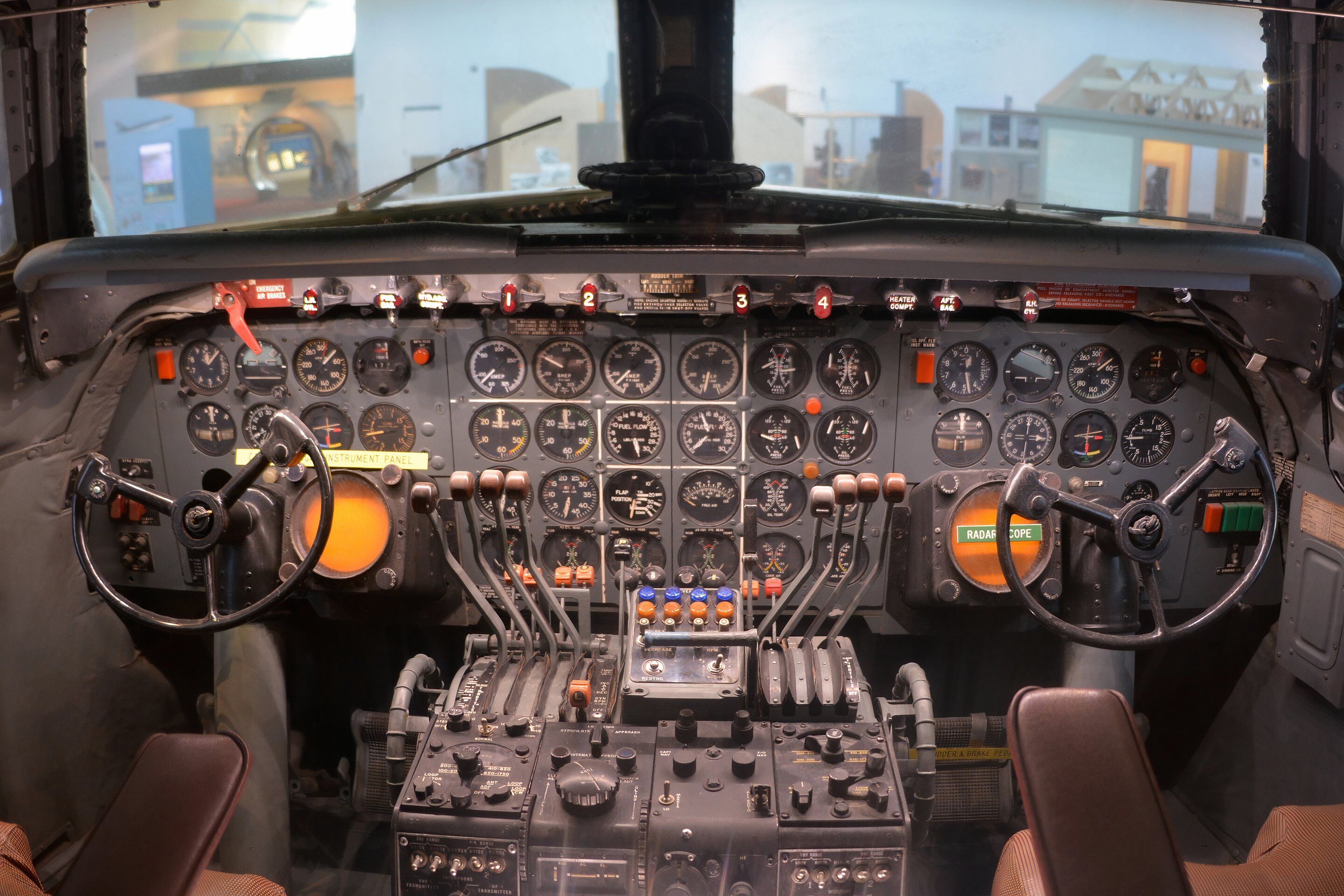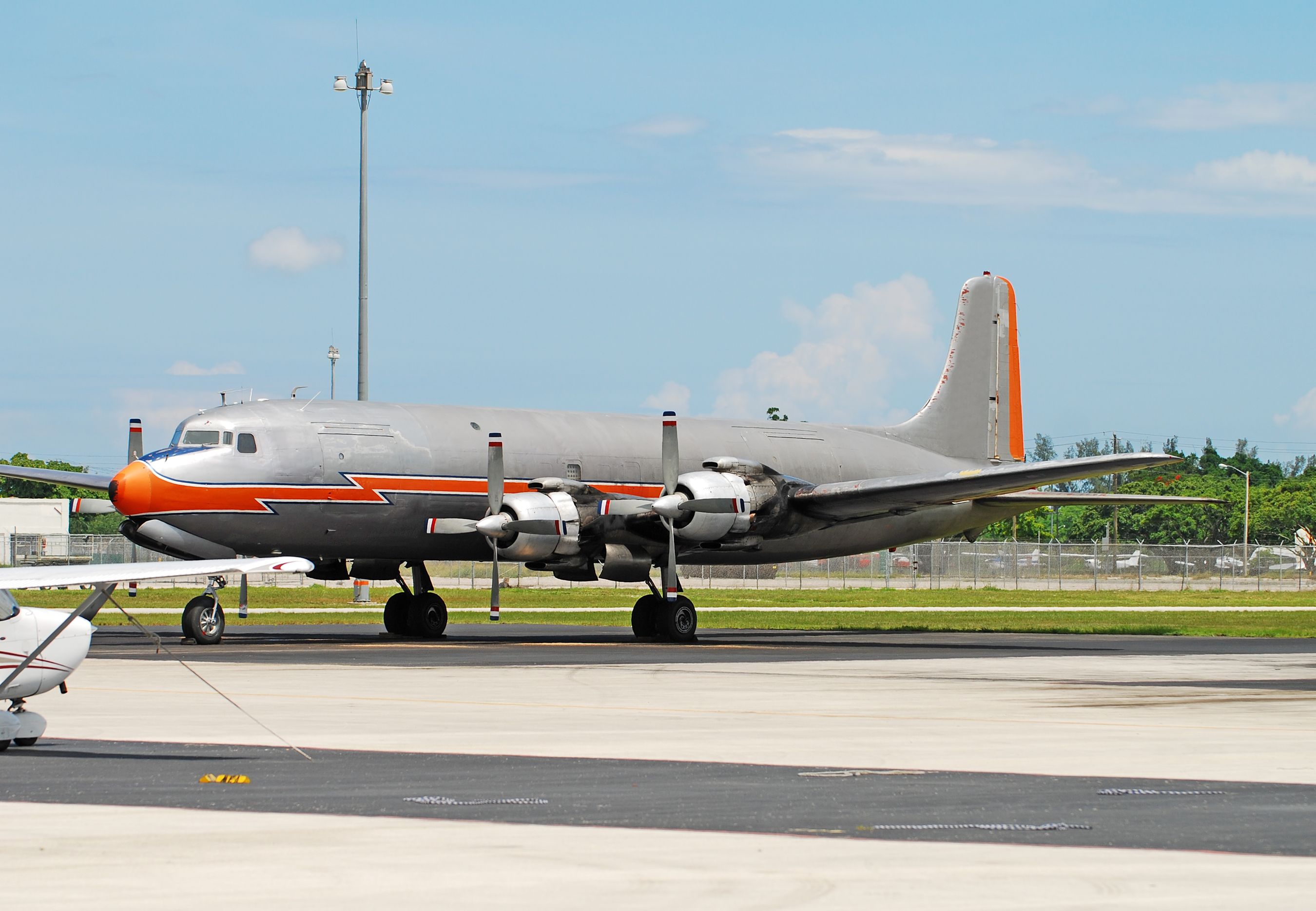Major League Baseball great Roberto Clemente was one of five passengers killed in the crash of a Douglas DC-7CF aircraft that occurred on December 31, 1972, shortly after takeoff from Isla Verde International Airport in Carolina, Puerto Rico. Here is what happened:
Background
Photo: The Roberto Clemente Museum
Roberto Enrique Clemente, a baseball star for the Pittsburgh Pirates, organized relief efforts for Nicaragua following a devastating earthquake on December 23, 1972. After hearing reports that the Nicaraguan military was seizing aid supplies, Clemente personally accompanied the fourth relief flight to ensure the goods reached those in need.
The Aircraft
The airplane was a Douglas DC-7CF, a freighter conversion of the DC-7, registration N500AE. This aircraft had a history of mishaps and maintenance issues.
N500AE suffered a non-fatal taxiway accident just 29 days before the fatal flight, damaging propeller blades and an engine cooler scoop. The owner, Arthur J. Rivera of American Air Express Leasing Company, had pressed mechanics to keep the damaged engine in service rather than tearing it down for overhaul or replacing it.
American Air Express maintenance did not perform the standard post-accident procedures for mishaps involving propeller strikes or sudden engine stoppage, i.e., disassembling the engine to check for cracks and other damage.
Flight Preparation
On the evening of the flight, N500AE taxied to the service ramp at 5:00 pm for work on its engines, which weren’t running correctly. The maintenance personnel worked on the aircraft for three and a half hours. The aircraft was then significantly overloaded with relief supplies.
The Flight Crew
The DC-7CF requires a three-pilot flight crew: a Captain as pilot-in-command, a First Officer second-in-command, and a Flight Engineer. The PIC pilot, Jerry Hill, had over 12,000 flight hours, including 3,000 in the DC-7.
Photo: NASM | Ramey Logan
Arthur Rivera, the aircraft owner, acted as co-pilot. However, Rivera was not trained or qualified as an SIC on the Douglas DC7-C type. There was no flight engineer aboard, despite an FE being required to operate this aircraft type.
The Crash
The night of December 31, 1972, was moonless, providing limited visibility. The crew of N500AE, such as it was, attempted a takeoff from the Isla Verde International Airport (SJU) at approximately 9:20 pm.
Shortly after takeoff, the No. 2 engine failed. As the engine was damaged in the accident earlier in December and not overhauled, improper maintenance was the likely reason for the failure.
With an engine out and overloaded, the aircraft would not climb, and the pilot initiated a turn to return to the airport. The plane then descended into the ocean, approximately one mile offshore. The entire flight lasted less than three minutes.
“If you have a chance to help others and fail to do so, you’re wasting your time on this earth.” Roberto Clemente
Cause of the Crash
As with most aircraft accidents, several contributing factors caused the crash:
- Engine failure: The No. 2 Wright R-3350 turbo-compound engine was “over-boosted” and failed.
- Overloading: The airplane was carrying more weight than it could safely handle.
- Inadequate crew: Using an unqualified co-pilot and the absence of a flight engineer meant the pilot was essentially flying the four-engine airplane single-pilot.
- Poor maintenance: The aircraft’s recent accident and improper repairs contributed to its mechanical issues.
As the owner of American Air Express, Arthur J. Rivera played a significant role in the events leading up to the crash that killed Roberto Clemente.
Ownership and Operation
Arthur J. Rivera owned American Air Express Leasing Company, which provided the Douglas DC-7CF aircraft for Clemente’s humanitarian flight. As the owner, Rivera was responsible for the plane’s maintenance and operation.
Rivera instructed his maintenance personnel to short-cut standard procedures and return the DC-7 to service instead of ordering the overhaul or replacement of the engines damaged in the December 2, 1972, crash. Standard post-accident procedures were not done, such as disassembling the engine to check for cracks.
Bad decisions
Financial pressures influenced Rivera’s decision-making. After the FAA revoked his commercial pilot certificate, he had just regained it and received clearance to operate a cargo plane, which he claimed was his only livelihood. Struggling to keep his business afloat, Rivera began cutting corners on maintenance and operations.
Photo: Ivan Cholakov | Shutterstock
His actions also contributed to inadequate flight staffing. He hired a pilot, Jerry Hill, but could not secure a co-pilot or flight engineer willing to sign on. Both were required for DC-7 aircraft.
Rivera then declared himself the co-pilot despite lacking certification to co-pilot the DC-7. On the day of the accident, Rivera took an active role in the flight, sitting in the co-pilot’s seat, even though he was only certified to fly the twin-engine Douglas DC-3.
Aftermath
The crash resulted in the deaths of all five people onboard, including Roberto Clemente—the loss of the baseball legend and humanitarian shocked the sports world and beyond. In recognition of the historical significance of this event, the crash site was listed on the US National Register of Historic Places in 2022.
In 1972, Roberto Clemente’s final Major League Baseball season, he achieved several notable statistics:
- At age 37, Clemente hit .312 for the season.
- He appeared in 102 games.
- Clemente recorded 118 hits, including his milestone 3,000th career hit.
- On September 30, 1972, in his final regular-season at-bat, Clemente hit a double off Jon Matlack of the New York Mets for his 3,000th career hit. He thus became the first Latin American player to reach this milestone.
- Clemente played in the National League Championship Series against the Cincinnati Reds. Although the Pirates lost the series in five games, Clemente performed well, hitting .414 with a double and a home run.
- Clemente was selected for the All-Star team in 1972, marking his 15th and final All-Star appearance.
- He won his 12th consecutive Gold Glove Award for his defensive excellence in right field.
This tragic incident illustrated the importance of proper aircraft maintenance, adherence to safety regulations, and the potential dangers of overloading aircraft. It also served as a sad reminder of the risks associated with humanitarian missions, even when undertaken with the noblest intentions.





